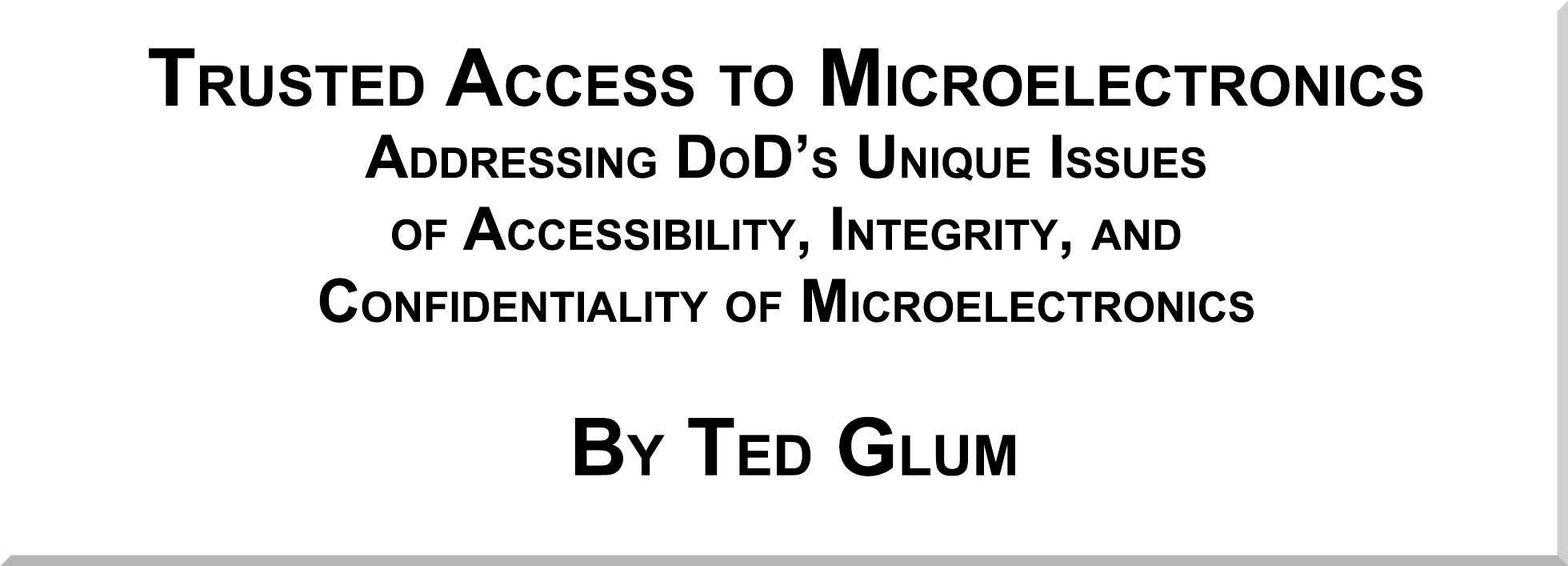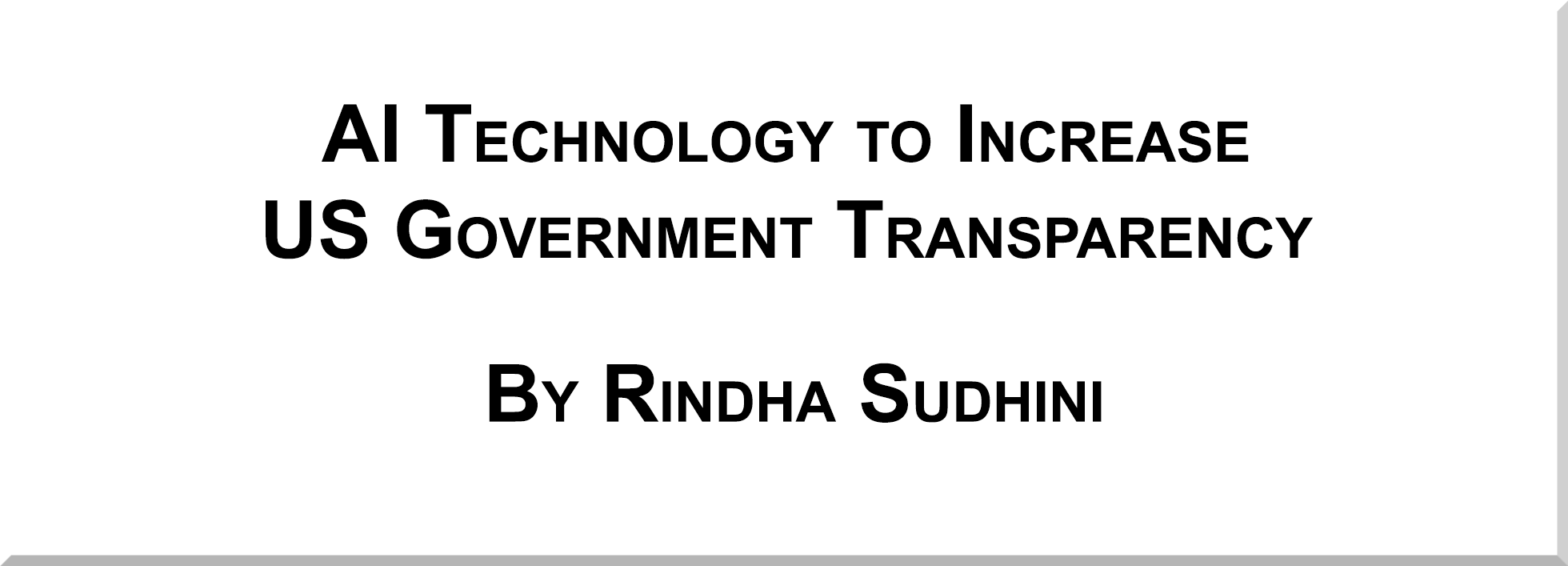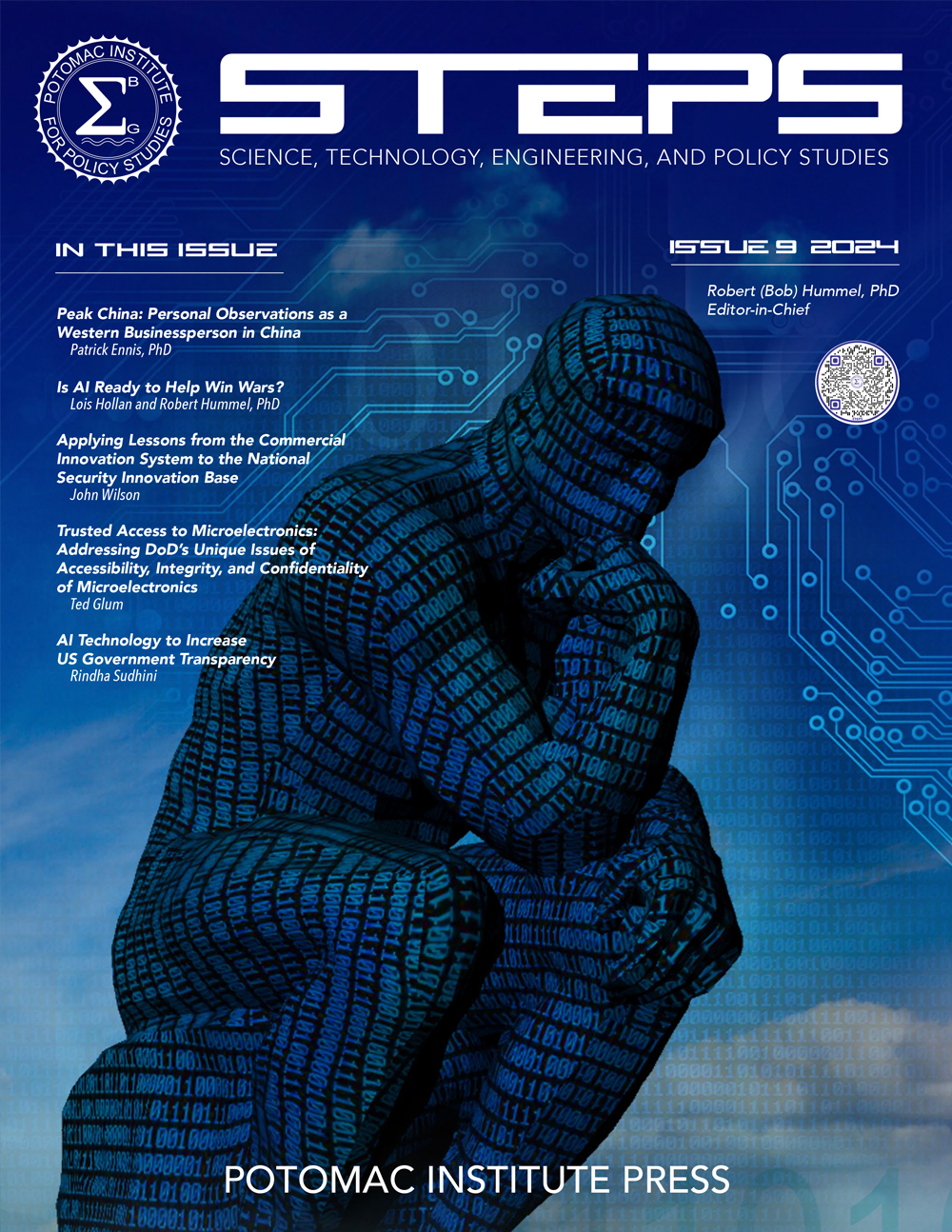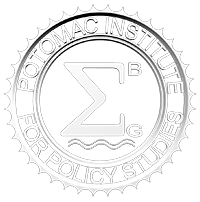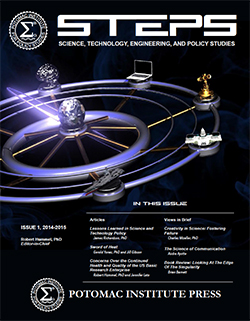© Copyright, Potomac Institute Press
Recent technology and media advancements have changed the access and spread of information. Technological changes within the last decade or so have included, but are certainly not limited to, the development of mobile phones into essentially portable computers, the rise of social networks and blogs, and the expansion of Internet access and use.3 In today’s age, one can use a phone to open a recent news notification from CNN, look up the story on Google, and view public reaction on Twitter – all in a matter of seconds. However, as quick, easy, and accessible as this information is, technology has also provided a vast network of additional ways to misinterpret and misuse information. Scientific news is no exception. Social networks, such as Twitter, can spread misinterpretations of scientific findings more quickly and to larger audiences than in the past.4 In perhaps the most notorious miscommunication of science, Andrew Wakefield’s falsified study inaccurately claimed a link between the measles, mumps, and rubella (MMR) vaccine and autism, resulting in negative press coverage and public apprehension and misconception regarding vaccination programs, which persist to this day. Many researchers, such as R. Dobson, have implicated the media for playing a key role in the public’s understanding of issues such as the controversy around the MMR vaccine.5 Dobson cites a national survey that found 53% of people surveyed at the height of media coverage assumed that because both sides of the debate received equal media coverage there must be equal evidence for each. Furthermore, this study found that almost half of the people surveyed in the aftermath of this scandal believed that the media should wait for confirmatory studies before publishing alarming research on public health issues. In light of the evolving speed and prevalence of the age of technology and media, it becomes increasingly important to ensure that science communication is, in fact, effective and accurate.
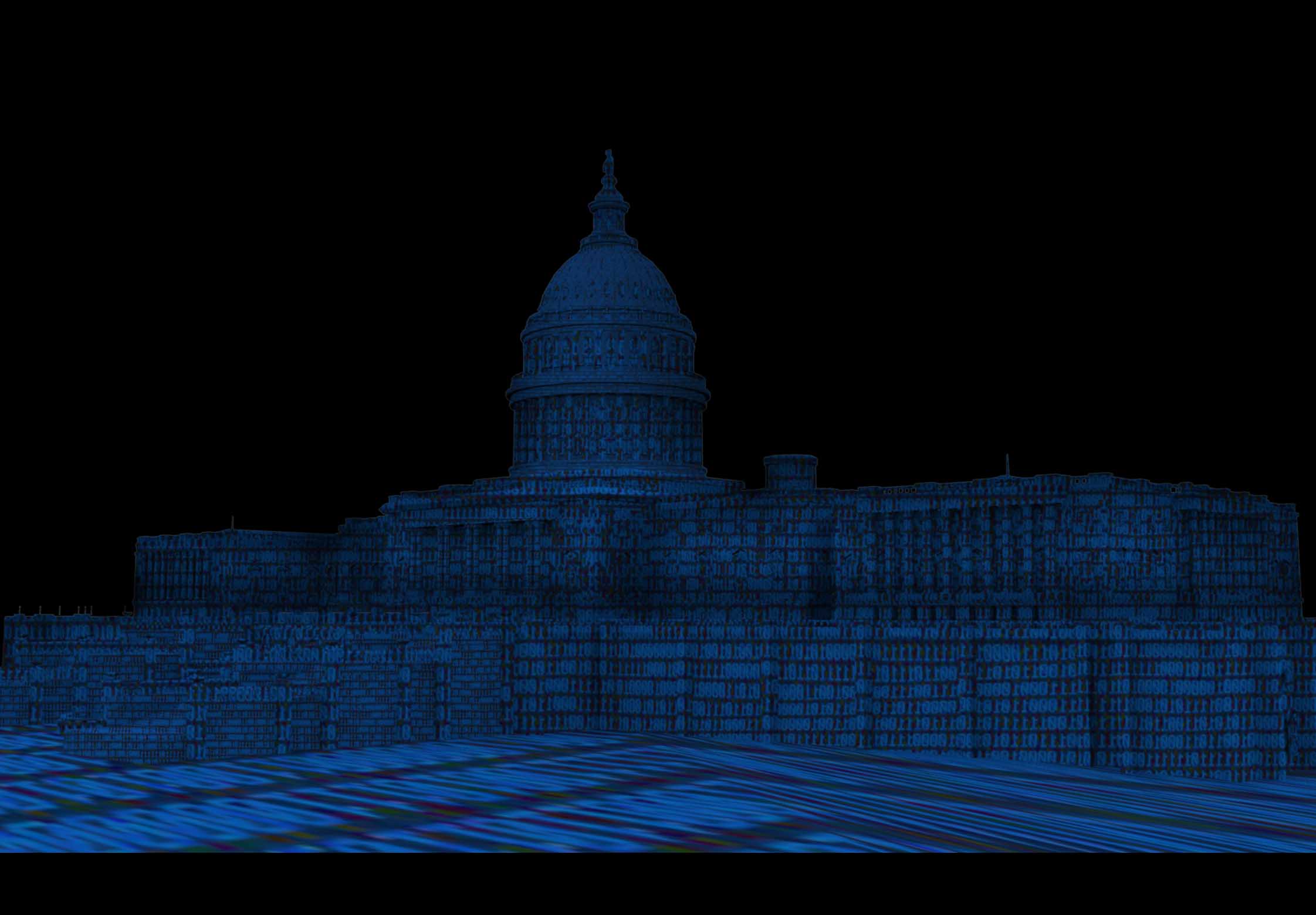
While many placed blame on the media for the proliferation of inaccurate communication regarding the MMR vaccine, the inefficiency and erroneousness of science communication is often attributed to one of three culprits: the scientists generating the original scientific data, the media conveying scientific results to the public, or the public audience obtaining and interpreting the information. Essentially, who is responsible to ensure the effective communication of science? A convincing argument may be made for each entity. However, the implementation of effective and accurate science communication will require improvement on behalf of all three groups.
The start: Scientists
Are scientists responsible for learning and practicing effective communication in order to translate their scientific results to the layperson? If scientists do not communicate their work effectively, their work may be irrelevant or misinterpreted by those without a specific scientific background. There may be either an unwillingness or inability on the part of scientists to communicate their research to the media, public, or even those outside their respective scientific fields. For instance, a Pew Research Center study published in 2009 highlighted scientists’ disengagement with media journalists, finding that only 3% of scientists often talk with reporters, and only 20% occasionally speak with reporters, while the remaining scientists reported rarely or never talking with reporters.6 Scientists may be unwilling to communicate with the media due to a perceived distrust of the media or belief that their research will be oversimplified.7 Additional reasons for the reluctance to communicate may include the possible beliefs that scientists should focus instead on dedication to their research, a lack of appreciation for the value of communication, and/or the notion that speaking with the media might compromise their professional integrity and authority in the scientific community.8
Moreover, scientists may not be encouraged to develop the ability to communicate to individuals outside their own field, including other scientists and the general public. Given that scientific careers are often focused in the research lab or within academic circles, scientists are likely accustomed to communicating through the jargon of, and with interactions limited to, a particular field. Many research scientists lack formal communication training as a part of their scientific education, a skill that some believe must be incorporated as part of undergraduate or graduate coursework.9 The emphasis, and limitation, of scientist-to-scientist interaction is further observed through the focus on publication in scientific peer-reviewed journals.
Publication in peer-reviewed journals has historically been one of the only widely accepted forms of communication the scientific community engages in and is a method in which scientists seek validity and funding for their work.10 Furthermore, “citation analysis,” or the number of times a peer-reviewed article has been cited, is a common method for quantifying a scientist’s impact to evaluate scholars for hiring, funding, and tenure decisions.11 Access to traditional, subscription-based journals often includes cost restrictions. While open access publishing may allow for some additional avenues of accessibility to peer-reviewed, academic publications, there are still constraints to understanding specialized terminology of the respective scientific fields, even within members of the scientific community. The ability of scientists to communicate more broadly may be limited due to the emphasis on traditional communication methods such as publication in peer-reviewed journals as a measure of scientific achievement and career development.
The middle: Media
Media, especially through the Internet or online editions of newspapers, is the primary source for news about scientific discoveries.12 Is the media responsible for ensuring the accurate and prevalent coverage of science news to the public? Despite the growing number of articles published in peer-reviewed scientific journals, recent trends have indicated a decreased prevalence in coverage that these scientific results receive from the media.13 For example, a study found that fewer than 0.013-0.034% of published scientific papers were reported on in the mass media. Of these, papers covering the health and medical fields received the most publication coverage, while the rate for fields exclusive of health and medicine was a slight 0.001-0.005%.14
In addition, a predominant sentiment held by many scientists has been the misrepresentation of the scientific work that actually receives media coverage. A report by The Pew Research Center in 2009 found that 76% of polled scientists believed a “major problem for science was that news reports fail to distinguish between findings that are well-founded and those that are not.”15 Many media organizations have chosen to no longer employ full-time science journalists, thereby decreasing those in the media who can accurately understand and report on science-based news.16 The media may have not only failed to provide sufficient coverage of scientific news, but also failed to provide an accurate and comprehensive portrayal of scientific information.
The end: The public
Perhaps it is not the content itself, or even the mode in which the information is portrayed, but rather a problem with the receiving end – the public. The aforementioned study conducted by The Pew Research Center found that 85% of polled scientists view the public’s lack of scientific knowledge as a major problem for science. Thus, the public’s science literacy is another identified challenge of science communication.17 Is the public responsible for obtaining and establishing a foundation on which they can understand and evaluate scientific findings? The National Science Education Standards describes scientific literacy as the knowledge and understanding of scientific concepts and processes including the ability to read with understanding articles about science in the popular press, engage in social conversation about the validity of the conclusions, identify scientific issues underlying national and local decisions, and express positions that are scientifically and technologically informed.18 While the American public is fairly knowledgeable about basic scientific facts that affect their health and daily lives, they are less able to answer questions about complex scientific topics, such as whether stem cells can develop into many different types of cells or whether antibiotics kill viruses.19 One can further look at the opinion gaps between scientists and the public on science-related issues to understand the disparity between scientific facts and public opinion. For instance, only 37% of US adults believe it is safe to eat genetically modified foods compared to 88% of AAAS scientists, and only 65% of adults believe humans have evolved over time compared to 88% of scientists.20 Fundamental science knowledge and literacy is necessary for the public to effectively interpret and evaluate scientific claims received through any level of science communication.
In addition to the lack of science literacy of today’s public atmosphere, a second challenge is the decreased public attentiveness and interest regarding science news and research developments. A study conducted in 2013 found that the public percentage of those paying attention to science and technology news has dropped over the past decade.21 A lack of attentiveness and interest on the public’s behalf will likely decrease the efficiency of science communication. It does not matter what or how science information is conveyed if no one is listening. Furthermore, a lack of public interest in science will further decrease the prevalence of science coverage in the mass media, as journalists often seek studies that will appeal to the human interest.22
One can identify many instances of justifiable fault in each category of science communication, whether with the scientists, the media, or the public. Scientists often cannot or do not communicate effectively due to an unwillingness or inability of the scientific environment. The media does not always provide accurate or prevalent coverage of scientific news and research. The public lacks a high level of scientific interest or literacy. However, assigning blame and scapegoating one particular group will not solve the problem of absent, inefficient, or inaccurate science communication. For better or worse, technological advancement and innovation have revolutionized the access and spread of media information. Scientists, members of the media, and the public must work together and within their respective fields to improve the field of science communication. Perhaps these advancements will include changes in the development or education of scientists, the media, and the public or the establishment of new, more successful communication structures between these domains. Regardless, improvements are critical to effective and efficient use, impact, and development of science within society.
Notes
1. T.W. Burns, D.J. O'Connor, and S.M. Stocklmayer, "Science Communication: A Contemporary Definition,” Public Understanding of Science 12, no. 2 (April 1, 2003): 183-202.
2. For more information, see Alan Moghissi, Michael Swetnam, Betty Love, Sorin Straja, Best Available Science. (Arlington, Potomac Institute Press, 2010): 70.
3. Michael Hall, "Changes in Technology in the Past Decade,” The Legal Secretary Journal(January 1, 2009).
4. Xuan Liang, Leona Yi-Fan Su, Sara K. Yeo, Dietram A. Scheufele, Dominique Brossard, Michael Xenos, Paul Nealey and Elizabeth A. Corley. "Building Buzz: (Scientists) Communicating Science in New Media Environments,” Journalism & Mass Communication Quarterly, (2014).
5. R. Dobson, "Media Misled the Public over the MMR Vaccine, Study Says,” [In eng]. BMJ 326, no. 7399 (May 24, 2003): 1107.
6. "Public Praises Science; Scientists Fault Public, Media,” Pew Research Center (July 9, 2009).
9. S.E. Brownell, J.V. Price, and L. Steinman, "Science Communication to the General Public: Why We Need to Teach Undergraduate and Graduate Students This Skill as Part of Their Formal Scientific Training.” [In eng]. J Undergrad Neurosci Educ 12, no. 1 (Fall 2013): E6-e10.
10. Julie Suleski and Motomu Ibaraki, "Scientists Are Talking, but Mostly to Each Other: A Quantitative Analysis of Research Represented in Mass Media.” Public Understanding of Science 19, no. 1 (January 1, 2010 2010): 115-25.
12. Suleski, Scientists Are Talking.
15. Pew Research Center, Public Praises Science.
16. Dietram A. Scheufele, "Communicating Science in Social Settings.” Proceedings of the National Academy of Sciences 110, no. Supplement 3 (August 20, 2013 2013): 14040-47.
17. "Science and Engineering Indicators,” Arlington, VA: National Science Foundation, 2014.
18. Council, National Committee on Science Education Standards and Assessment; Board on Science Education; Division of Behavioral and Social Science and Education; National Research. National Science Education Standards. National Academies Press, 1996.
19. "Science and Engineering Indicators.”
20. Cary Funk and Lee Raine, Public and Scientists’ Views on Science and Society,” (Washington, DC: Pew Research Center, 2015).
21. Scheufle.
22. Suleski.
Audra Ayotte is a Communications intern at the Potomac Institue for Policy Studies.




